
Teaching and learning resources for the construction industry with NVQ and Diploma Assessment Criteria
Unit 206 Construct cavity walling forming masonry structures
The aim of this unit is to provide the learner with the
knowledge and skills to construct walling to form masonry structures
The learner will:
5. know how to form openings in cavity walling.
The learner can:
Window Cill forms part of the window, the cill has a decorative and functional purpose, Cill can be pre-made and delivered to the site or can be constructed out of different material components.
There is a wide range of materials that are used in building Window Cill the most common is brick on edge or special bricks which have their own fall and with built-in Drips
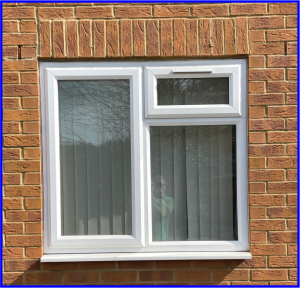
uPVC Window Cill with Brickwork
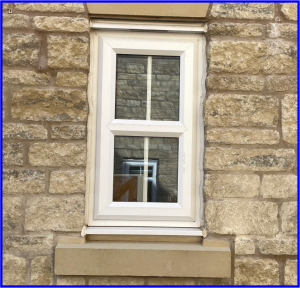
Stooled Cill with Stonework
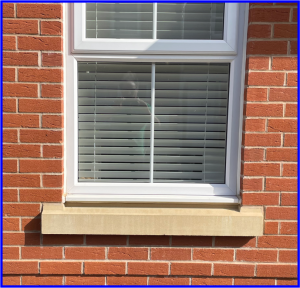
Stooled Cill with Brickwork
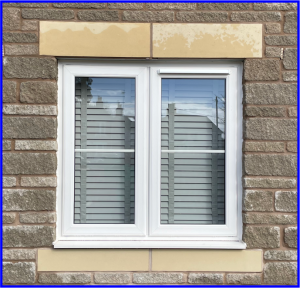
Slip Cill with Stonework
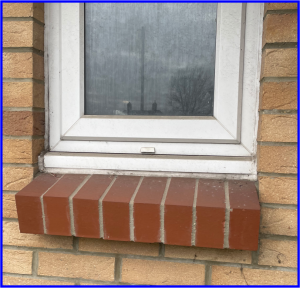
Brick on Edge Cill
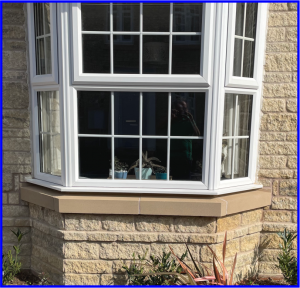
Bay Window Stooled Cill with Stonework

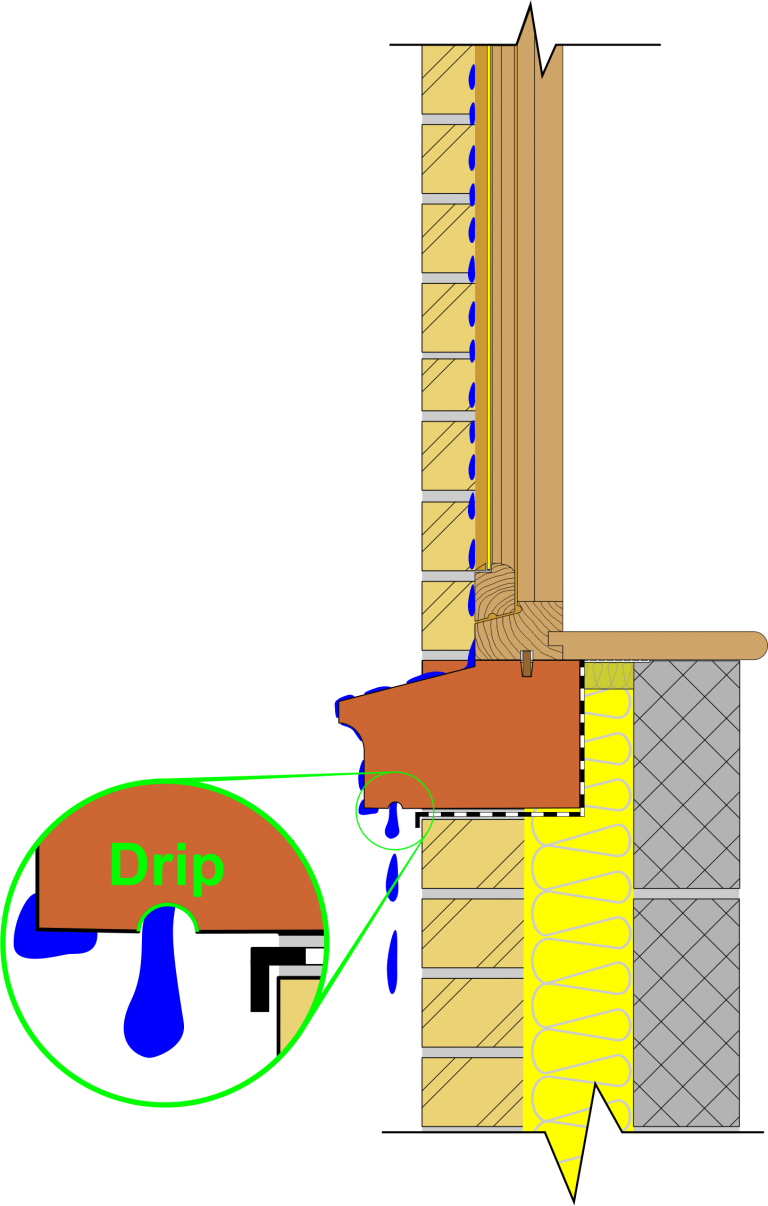
Drip on an External Window Cill
Window cill take the water away from the window and direct it down the slope to the outer face of the cill to the underside of the sill where the drip located.
Capillary Groove is the Drip on the underside of the cill for the window or door which acts as a brake to stop the compelling reaction of the moisture from reaching the face of the external leaf which could be brick or stone.
Cills can be constructed out of masonry units like Traditional Brick, Special Bricks and Tiles.
In recent years the trend has been to use prefabricated sills which can come in various materials like brick, precast concrete, or dressed stone in various lengths.
Prefabricated Cills are normally constructed enabling two persons to manually lift or by using mechanical means, some Cills may come in sections.
Below there are some examples of different types of window sills
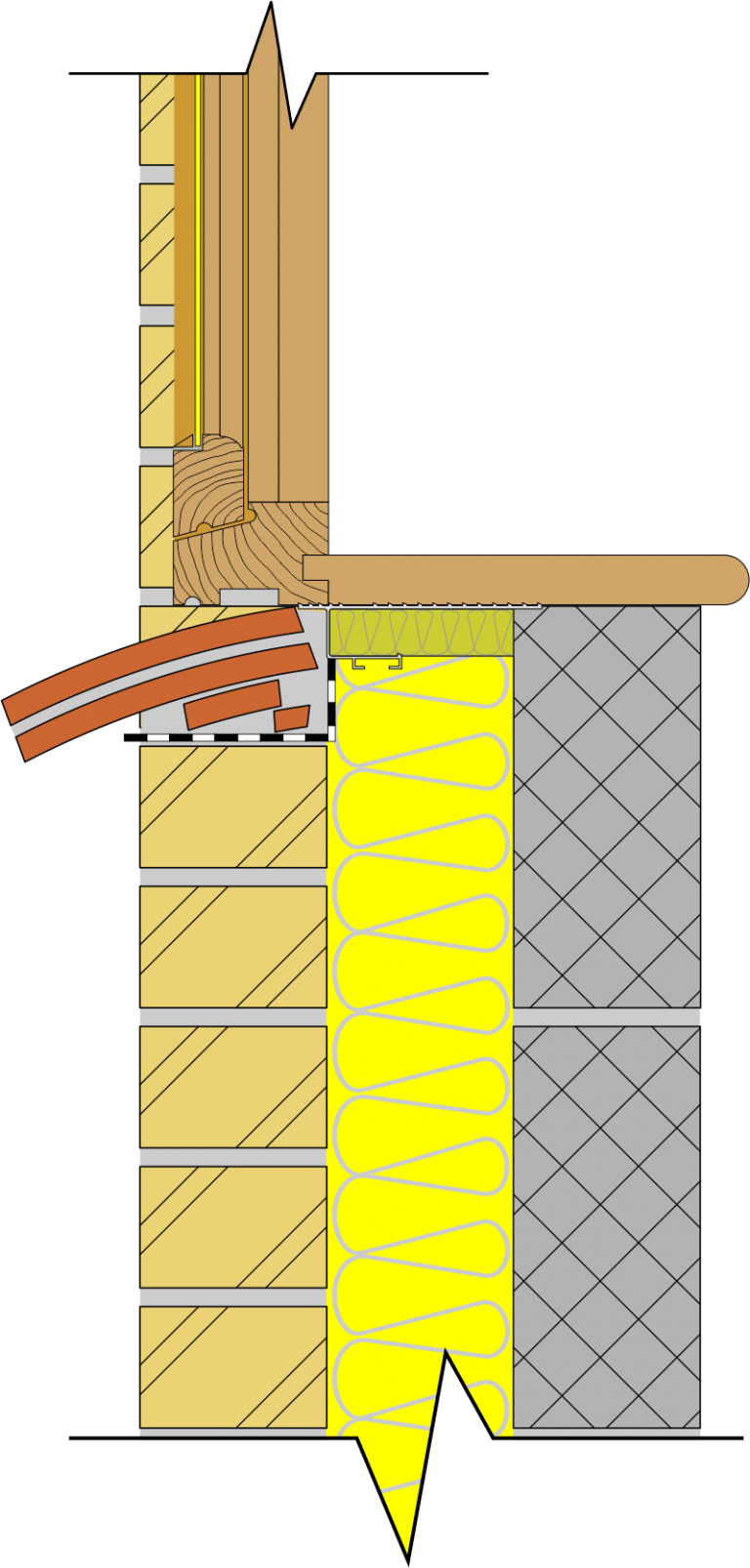
Tiles Cill
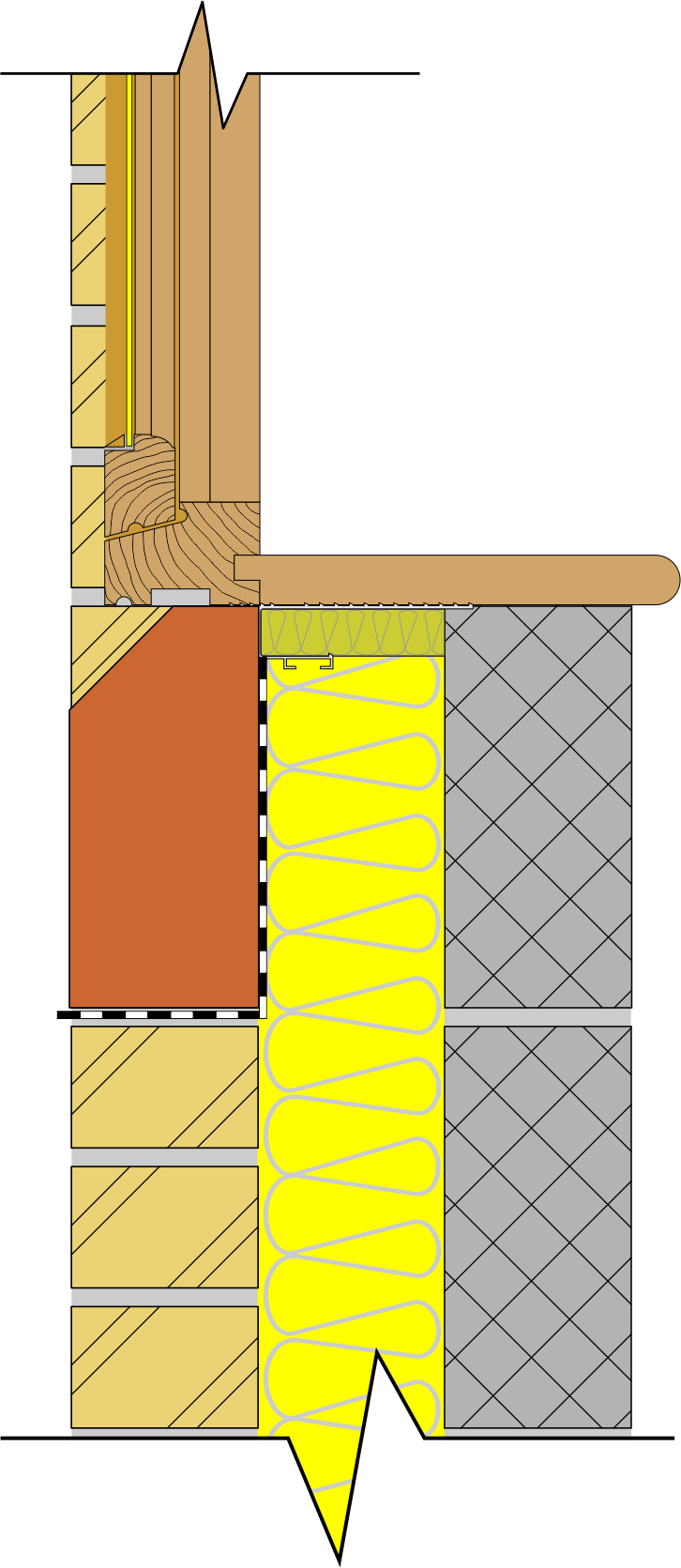
Single Cant Vertical Brick Cill
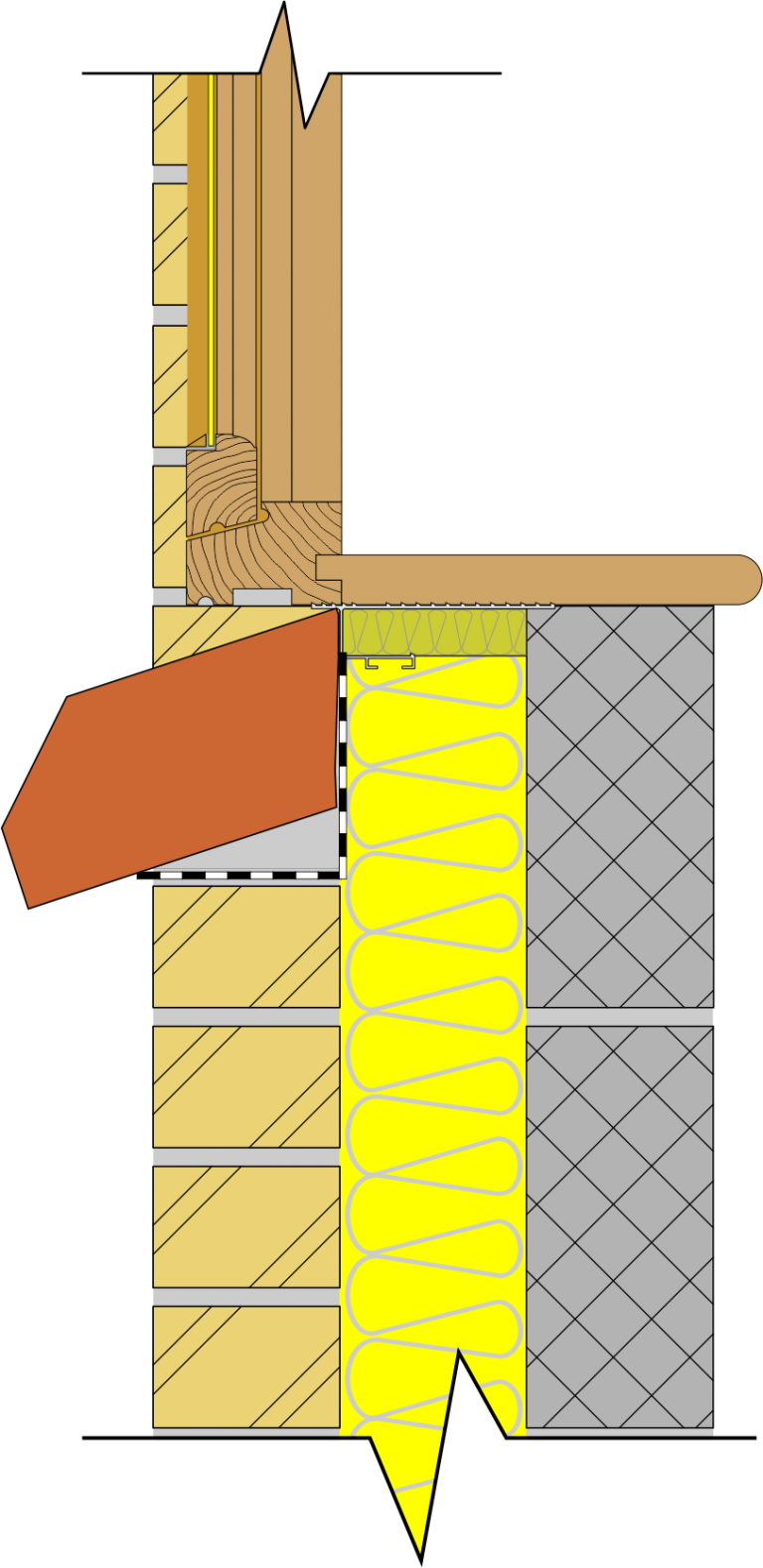
Single Cant Brick Cill
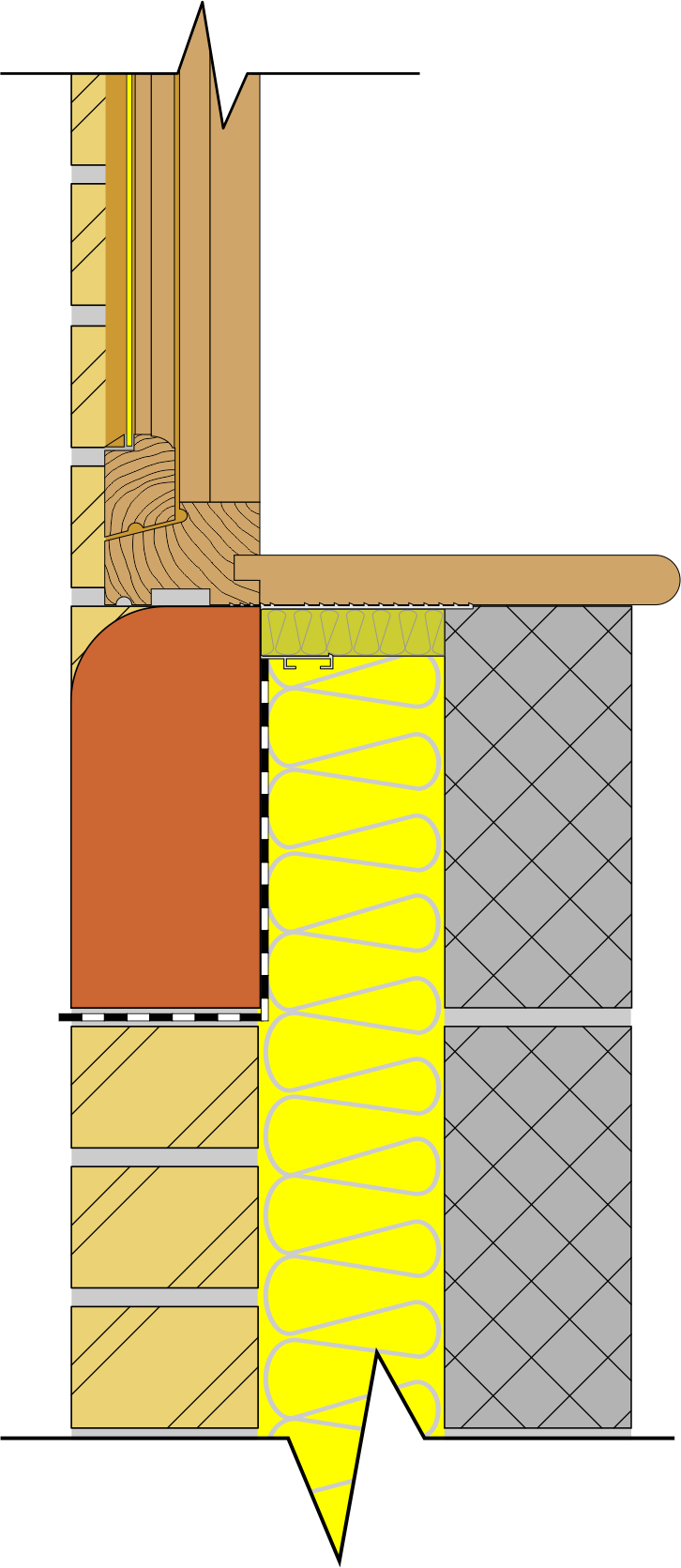
Single Bullnose Vertical Brick Cill
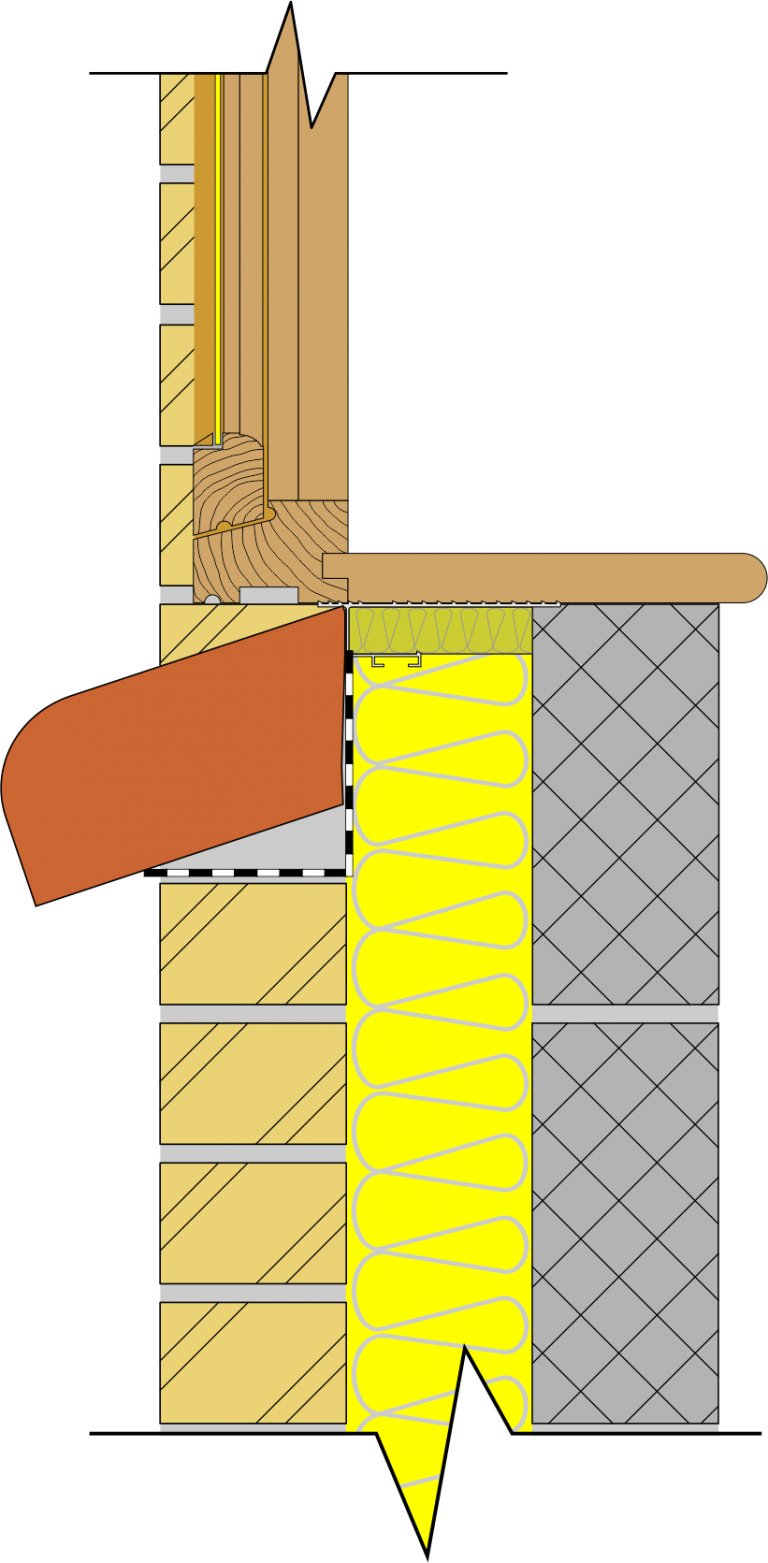
Single Bullnose Brick Cill
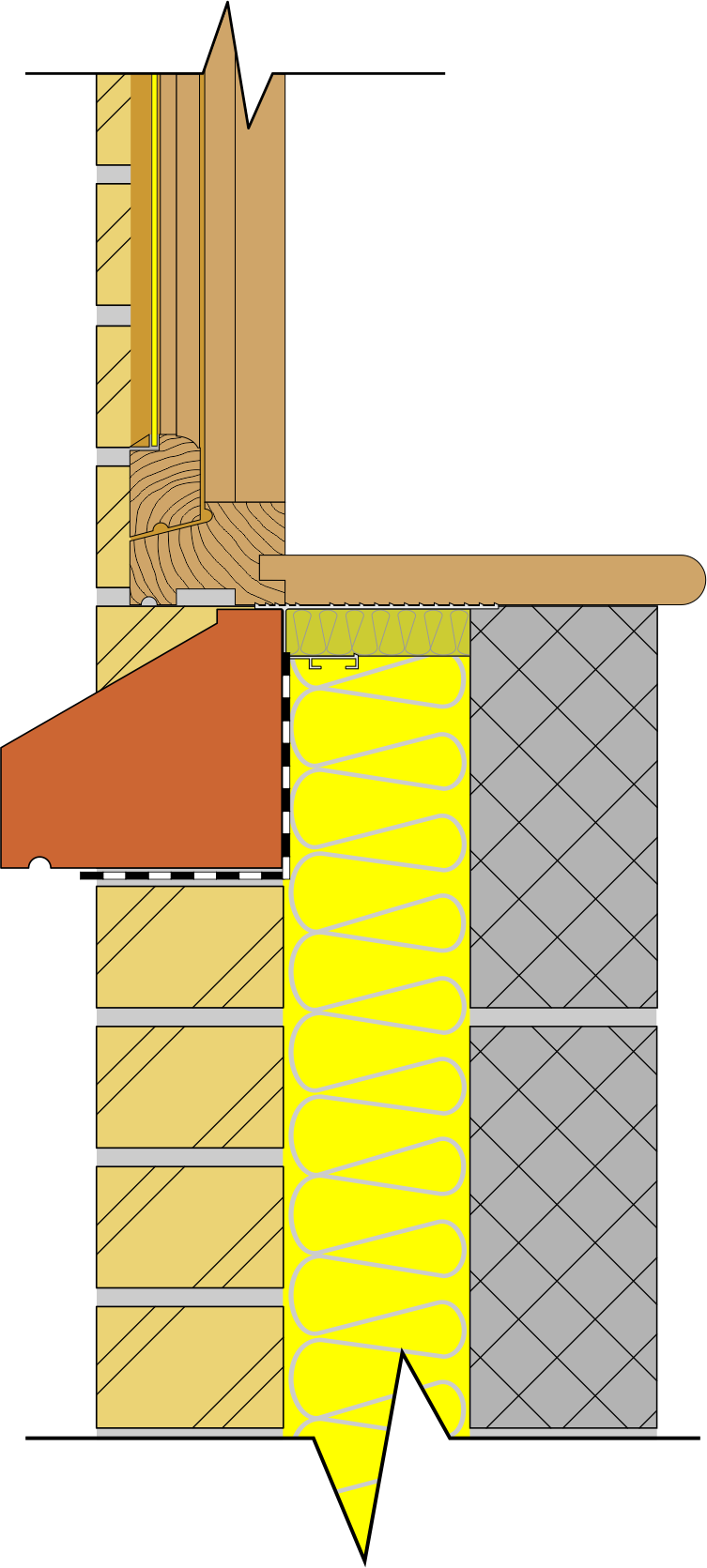
Overhanging Angled Cill
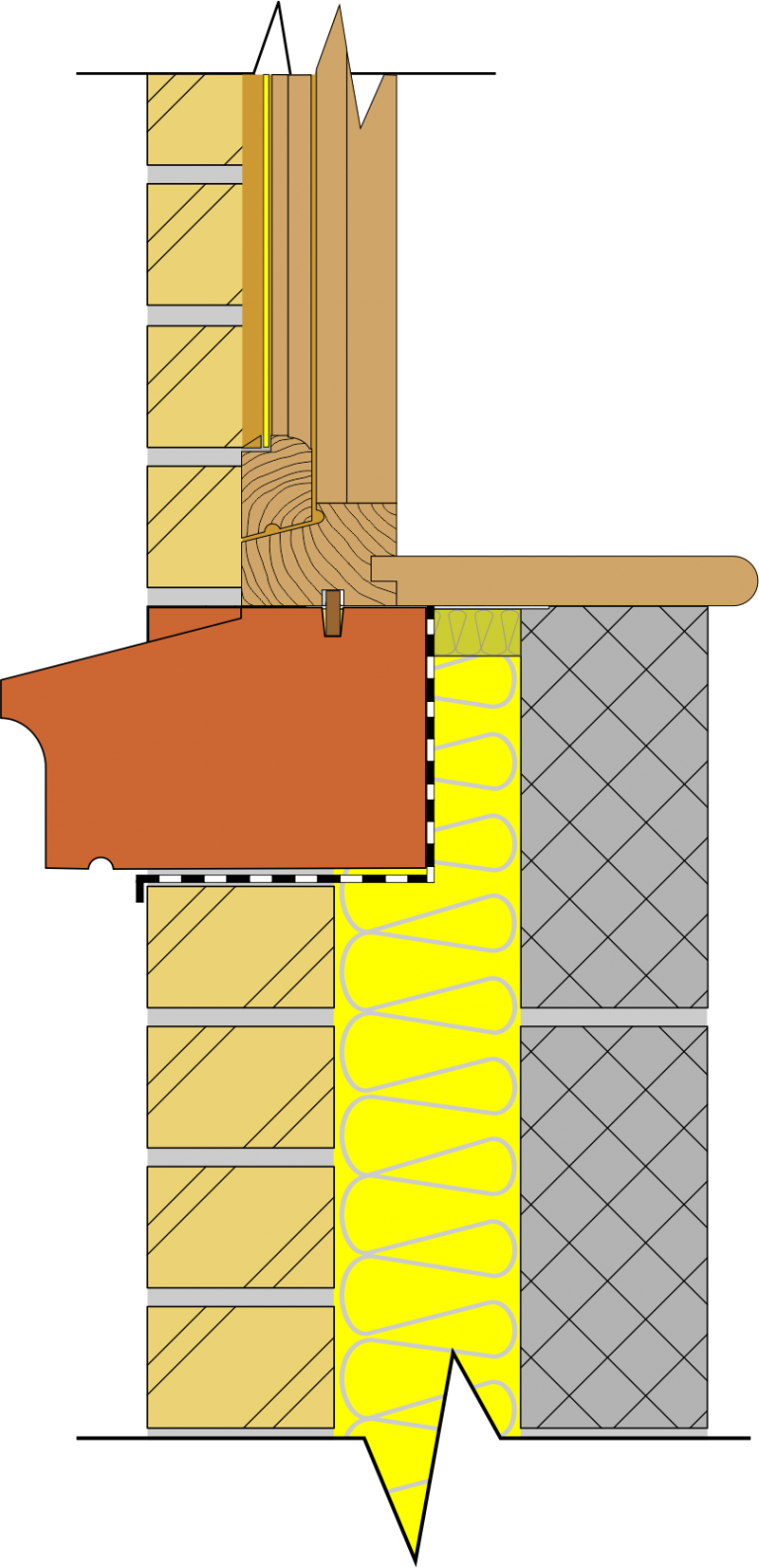
Concrete or Stone Cill
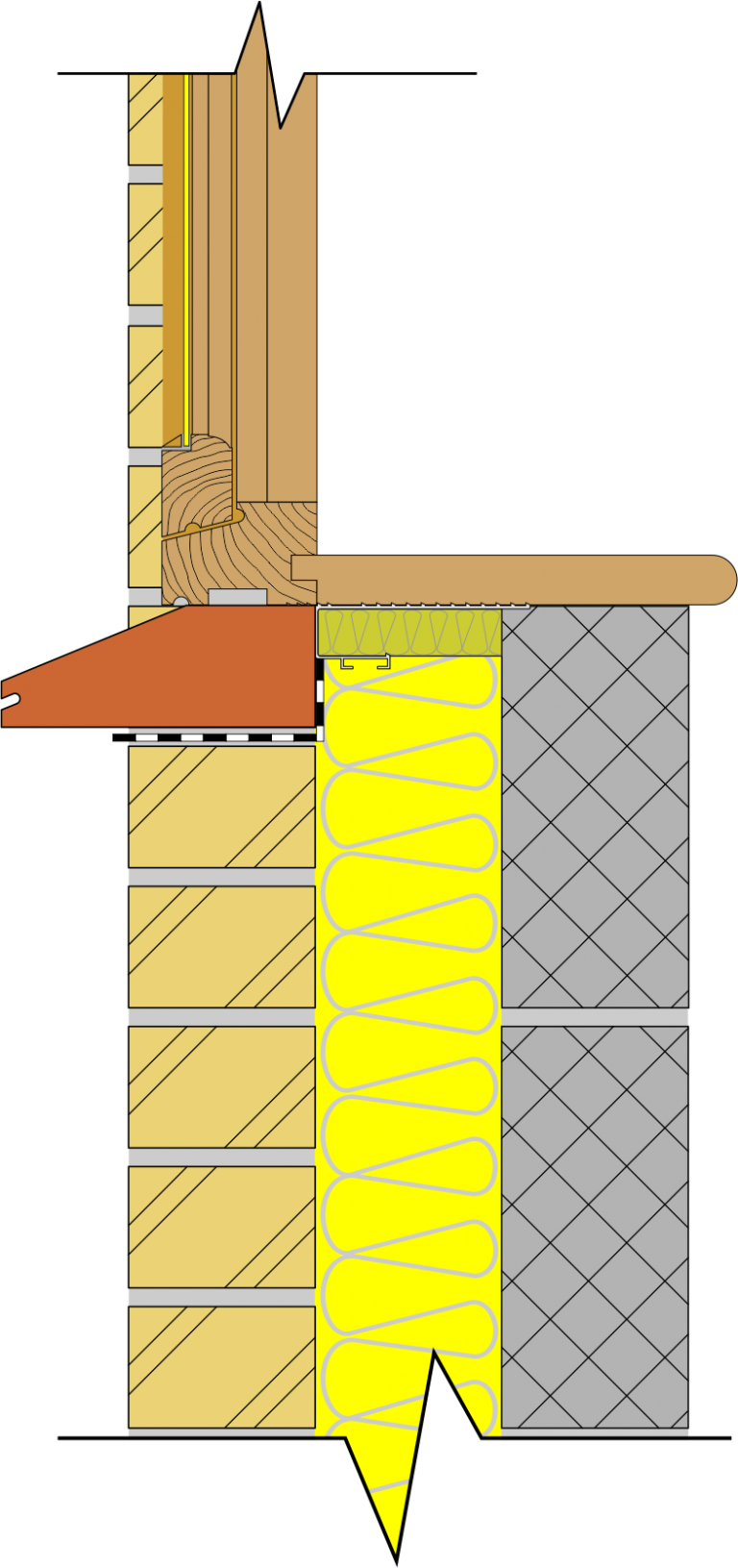
Tile Cill
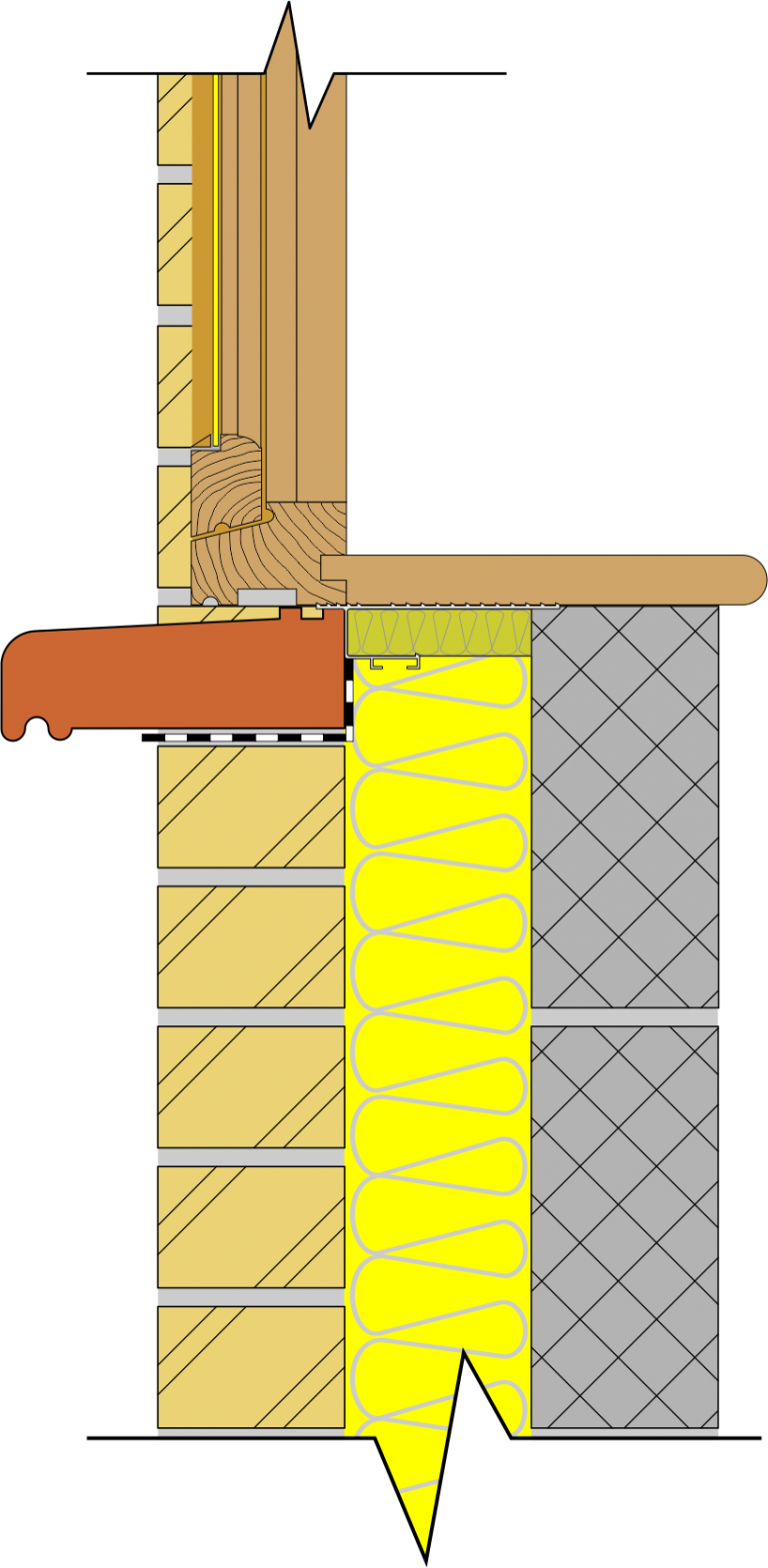
Block Cill
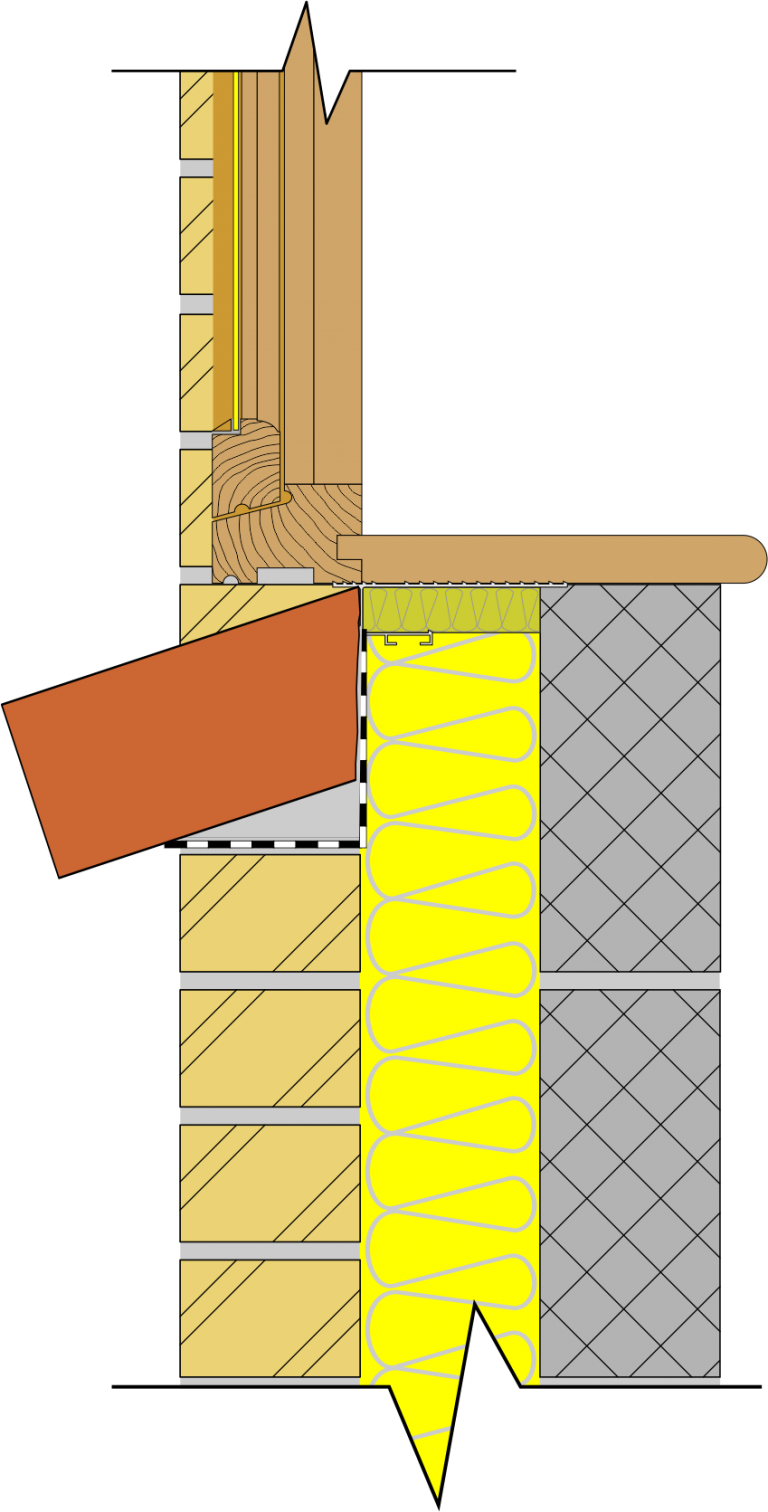
Brick on Edge Cill
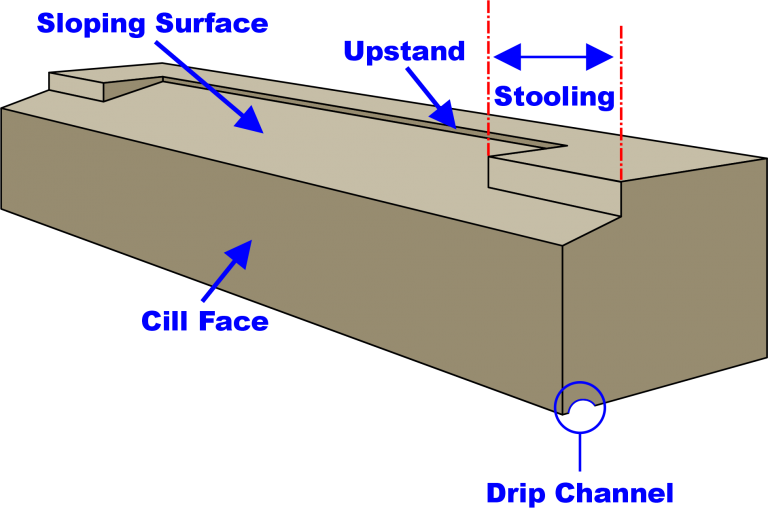
Parts of a Stone or Concrete Cill
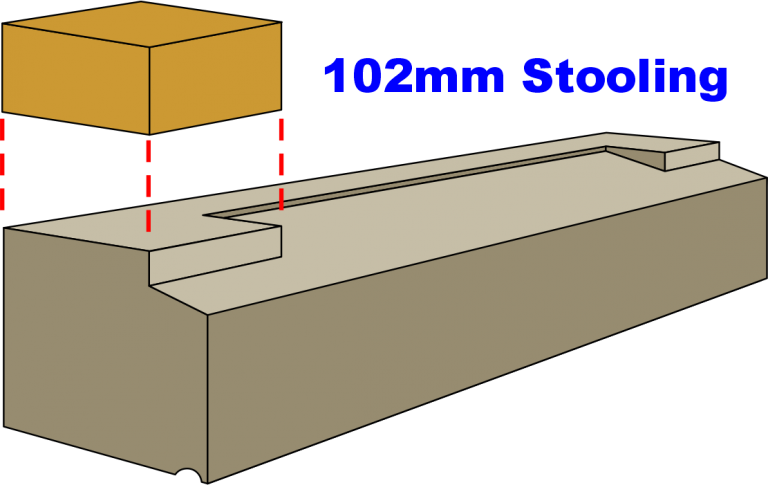
Stooled Cill
Stooled cills are used when the wall is brickwork or when side jambs are being used, such as in traditional mullion window surrounds.
The stooling on each end of the cill gives a flat level surface for the brickwork or stonework to sit on otherwise you would have an unsightly thick bed joint.
Slip cills have no stooling they can sit between the window reveals or extend into the external face of the brickwork or stonework.
When external leaf are being rendered the render coming right down to the cill form and a waterproof joint.
The slip cill will project approximately 50mm from the external face of the wall and incorporates a drip groove as standard.
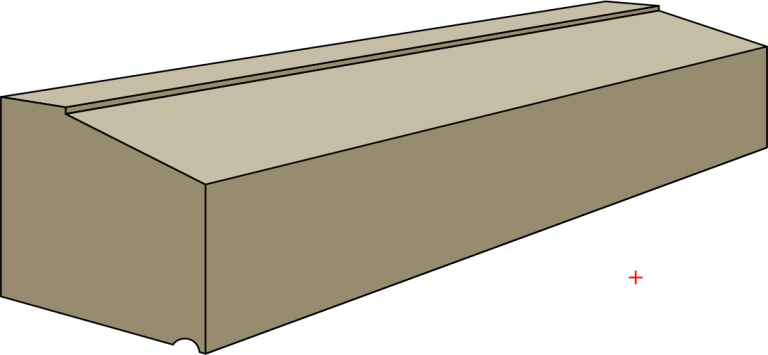
Slip Cill
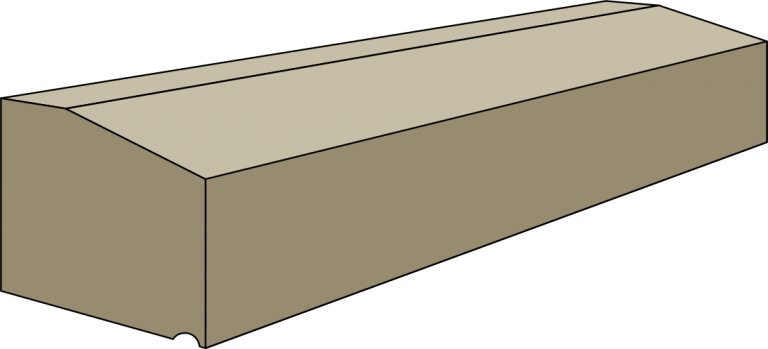
Threshold Cill
Natural materials like Brick and Stone are porous materials that can absorb and store water, this water needs to be allowed to escape to the surface of the external face this is to function of weepholes.
An additional function is for ventilation this will prevent mildew, dry rot and damp which might otherwise reduce the life or performance of the building materials such as cavity wall ties and insulation.
Natural materials like Brick and Stone are porous materials that can absorb and store water, this water needs to be allowed to escape to the surface of the external face this is to function of weepholes.
An additional function is for ventilation this will prevent mildew, dry rot and damp which might otherwise reduce the life or performance of the building materials such as cavity wall ties and insulation.
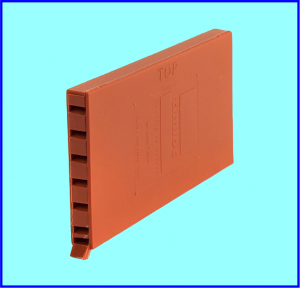
Weepholes - Vent
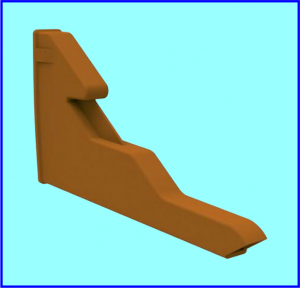
Weepholes - Peep
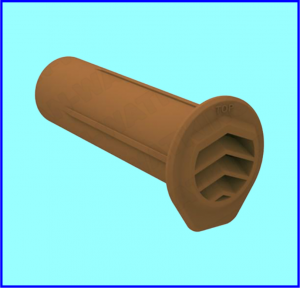
Weepholes - Drill
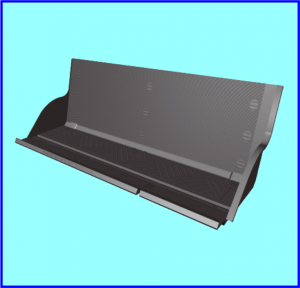
Cavity Trays
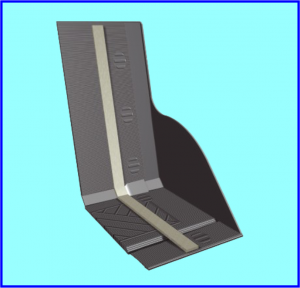
Cavity Trays Stop End
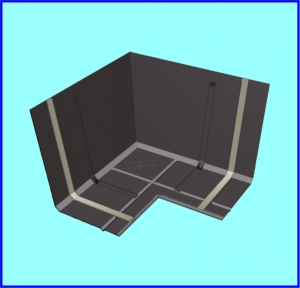
Cavity Trays - Corner
Cavity Trays can be formed by using nonporous material like DPC (Damp Proof Course), nowadays they are commonly preformed in a range of different cavity wide, stop ends, corners and steps to accommodate different components like lintels and installation.
The primary function is to collect moisture that penetrates a cavity and allows it to flow down and out through the weepholes.
The tray extends from the internal leaf to external face and folded down at least 6mm with stop ends to form a well
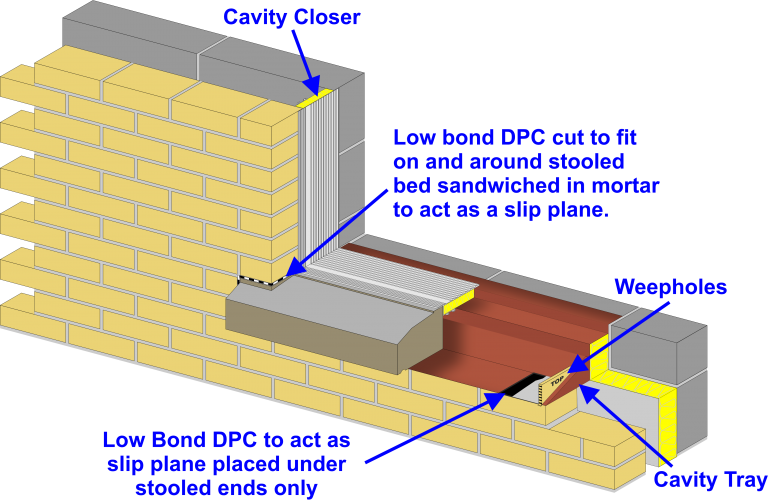
Components of a Window Cill
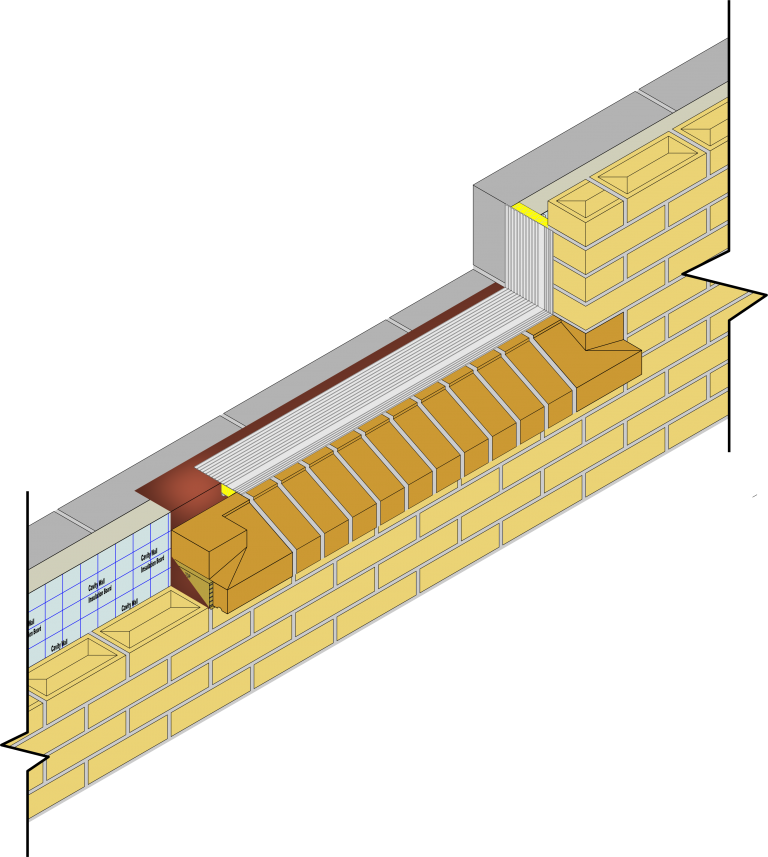
Brickwork Angled Cill
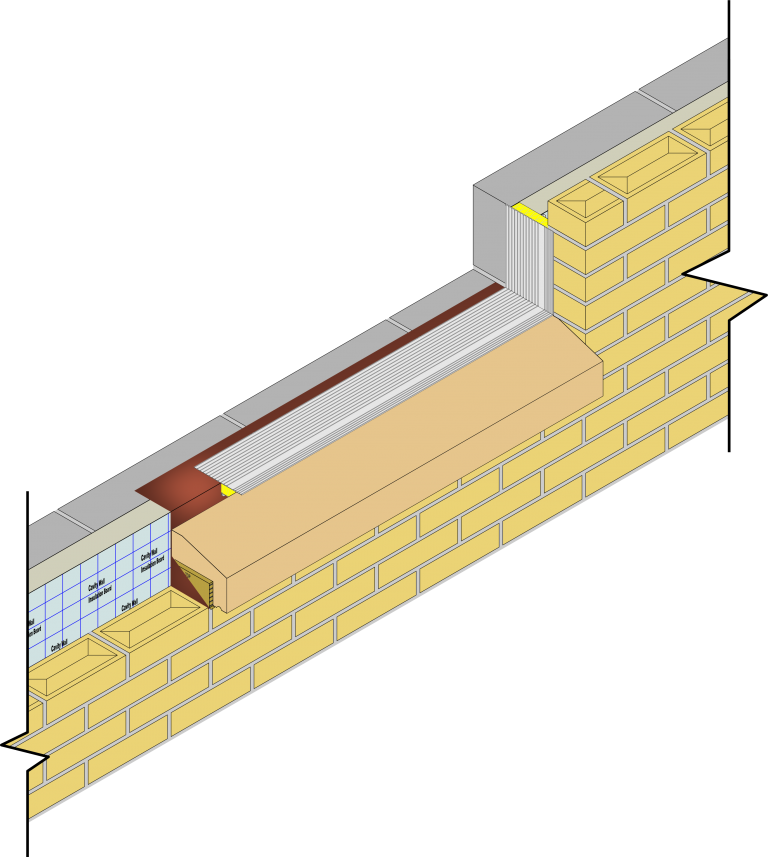
Stone Slip Cill
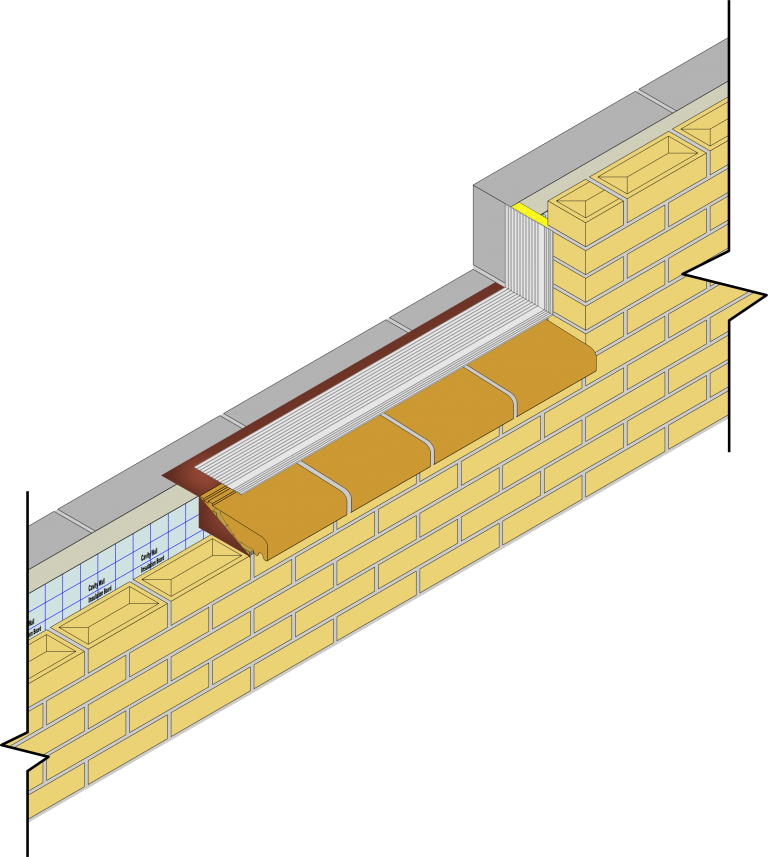
Block Cill
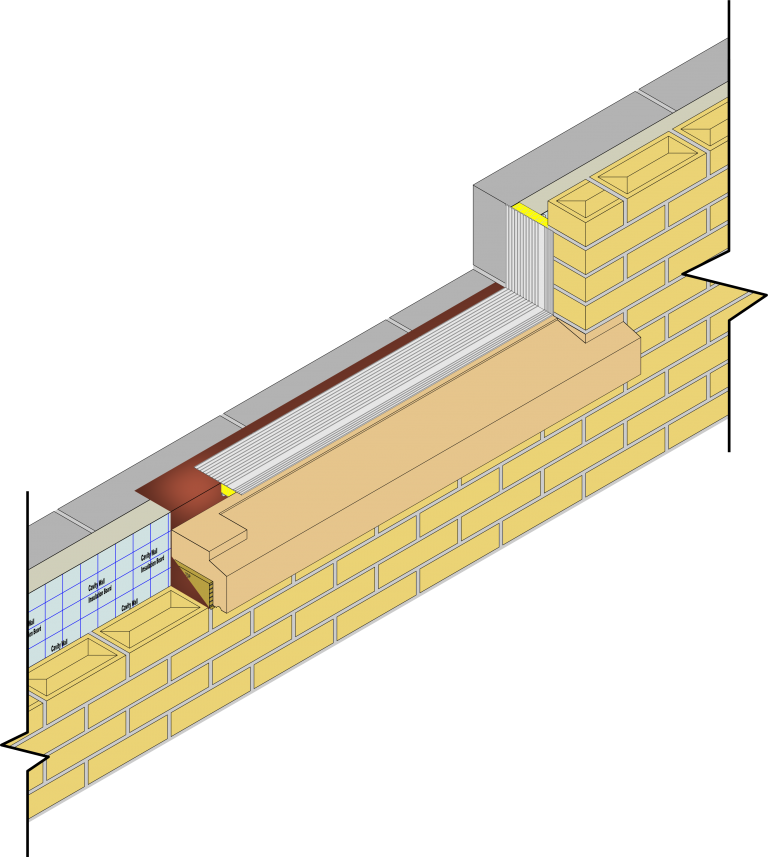
Stone Stooled Cill
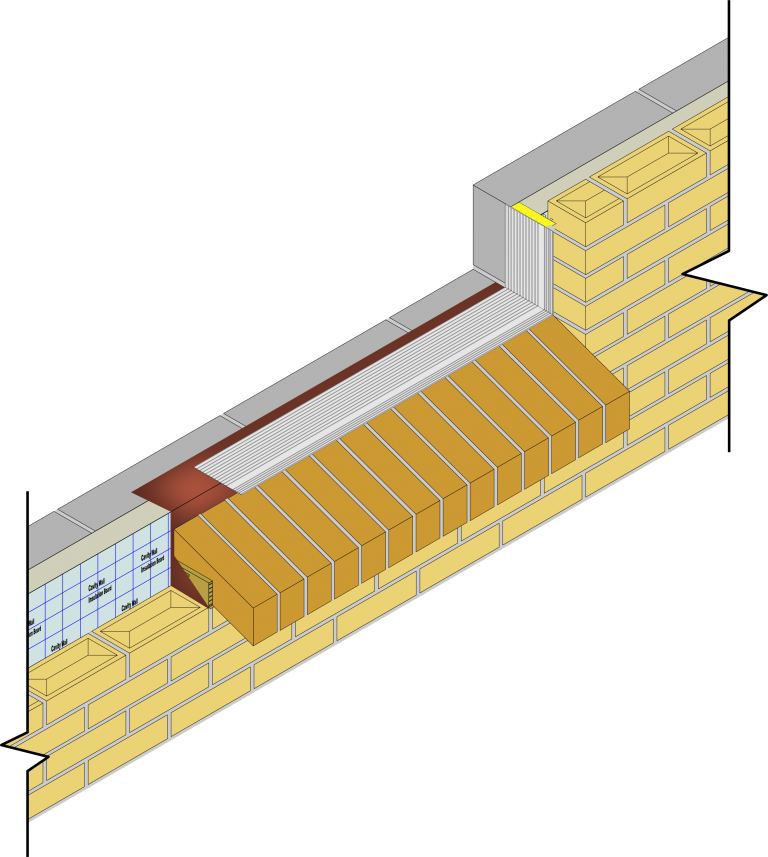
Brick on Edge Cill
Cills have a functional purpose and form one of the main features of the building not only do they take time to build but they also expensive item if damage replace.
Newly laid Cills need to be protected against sudden inclement weather, which can be quite easily damaged by rain, frost and extreme heat during the summer months.
At the end of the day, bricklayers also protect their work overnight ready for the following day.
Mortar typically will cure to 60% of its final compressive strength within the first 24 hours.
It will then take about 28 days to reach its final cure strength.
A good bricklayer will still protect his newly laid Cills after initial curing time which does not follow universal timelines.
For further information on protecting work click on the following link below
3.10 describe methods of protecting work and surrounding areas from damage
On most sites, you’re able to use cill protectors which comes in a split tube that can be cut to various lengths usually made out of high impact foam.
Cill protectors protect the sill from site damage during the construction phase, typical damage could because by mortar droppings or tools and materials.
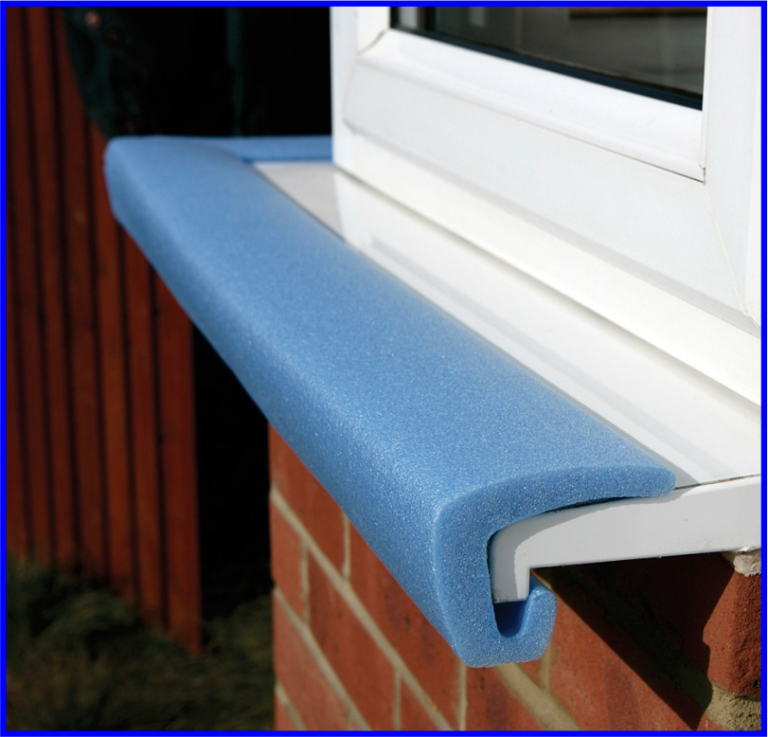
Stone Cill Protector
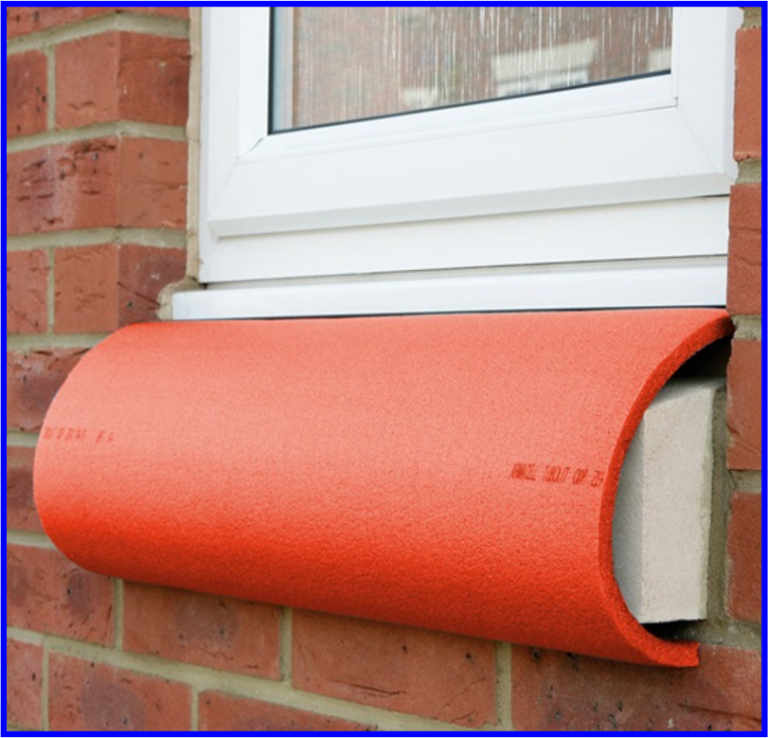
Stone Cill Protector